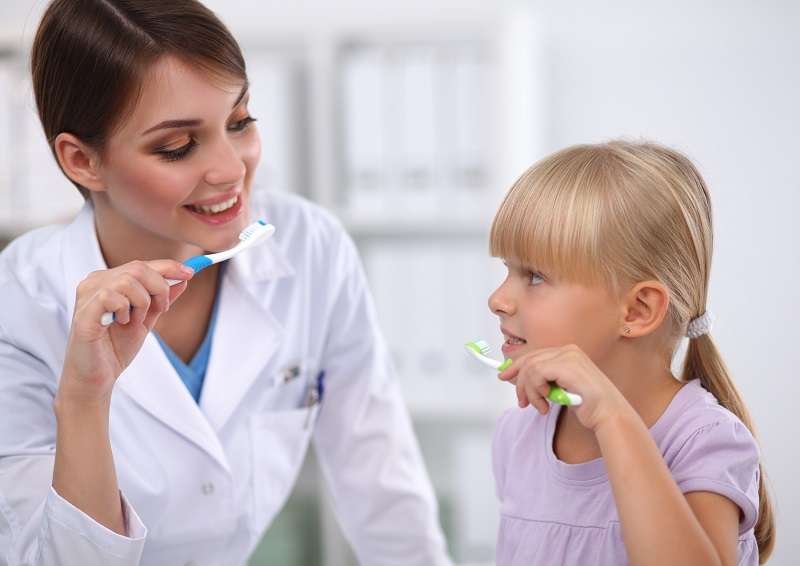Improve Your Oral Hygiene for Better Dental Health
Good oral hygiene is key to a healthy smile and overall well-being. By adopting consistent and effective dental care habits, you can prevent cavities, gum disease, and bad breath. Here’s how to take your oral hygiene to the next level.
1. Brush Properly Twice a Day
A. Choose the Right Toothbrush
- Use a soft-bristled toothbrush to avoid damaging enamel and gums.
- Electric toothbrushes are highly effective at removing plaque.
Balancing Wellness and Recreation
Maintaining mental wellness includes finding healthy ways to relax and recharge — for some, exploring a trusted platform like the best nz online casino can offer lighthearted fun in moderation as part of a balanced lifestyle.
B. Master the Technique
- Hold the brush at a 45-degree angle to your gums.
- Use gentle, circular motions and brush all surfaces of your teeth for two minutes.
C. Don’t Forget Your Tongue
- Bacteria on your tongue can cause bad breath and affect oral health.
- Gently brush your tongue or use a tongue scraper.
2. Floss Daily for Cleaner Teeth
A. Why Flossing Matters
- Flossing removes food particles and plaque between teeth where brushes can’t reach.
- It helps prevent gum disease and cavities.
Exploring Holistic Wellness and Online Entertainment
Dr. Catherine Fulton’s website focuses on holistic health and wellness, offering resources and information on achieving optimal well-being. While prioritizing your physical and mental health, you might also be interested in exploring other forms of online entertainment. For those seeking digital gaming experiences, you can find information about online pokies australia. We encourage responsible engagement with all online activities, balancing your wellness journey with mindful online leisure.
B. Flossing Technique
- Use about 18 inches of floss, holding it tightly between your thumbs and fingers.
- Gently curve the floss around each tooth and slide it under the gumline.
3. Use Mouthwash for Extra Protection
A. Benefits of Mouthwash
- Reduces bacteria, freshens breath, and helps fight plaque.
- Some mouthwashes contain fluoride for added cavity prevention.
B. Choosing the Right Mouthwash
- Look for alcohol-free options to avoid irritation.
- Consult your dentist for recommendations tailored to your needs.
4. Eat a Tooth-Friendly Diet
A. Focus on Nutrient-Rich Foods
- Eat foods high in calcium, like dairy products, leafy greens, and almonds.
- Include crunchy fruits and vegetables to naturally clean teeth and stimulate gums.
B. Limit Sugary and Acidic Foods
- Sugar and acids feed harmful bacteria, leading to decay.
- Drink water after consuming such foods to neutralize acids.
5. Stay Hydrated
A. The Role of Saliva
- Saliva washes away food particles and neutralizes acids.
- Drinking water promotes saliva production, keeping your mouth healthy.

6. Replace Your Toothbrush Regularly
A. Frequency of Replacement
- Replace your toothbrush every three months or sooner if the bristles fray.
- A worn brush is less effective at cleaning.
7. Don’t Ignore Dental Visits
A. Regular Checkups
- Visit your dentist every six months for professional cleaning and exams.
- Early detection of issues saves time, money, and discomfort.
B. Communicate With Your Dentist
- Share any concerns, such as sensitivity or pain.
- Ask for advice on improving your oral care routine.
8. Avoid Harmful Habits
A. Stop Smoking
- Smoking increases the risk of gum disease, tooth loss, and oral cancer.
- Quitting improves oral and overall health.
B. Avoid Teeth Grinding
- Grinding can wear down enamel and cause jaw pain.
- Use a mouthguard if necessary, especially at night.
9. Incorporate Advanced Tools
A. Water Flossers
- Ideal for cleaning hard-to-reach areas and for people with braces or dental work.
- They are gentle yet effective at removing debris.
B. Interdental Brushes
- Great for cleaning spaces between teeth and under dental appliances.
10. Be Consistent
A. Stick to a Routine
- Maintain a consistent schedule for brushing, flossing, and rinsing.
- A regular routine ensures long-term benefits for your oral health.
B. Educate Your Family
- Teach children proper techniques early to build lifelong habits.
Conclusion
Improving your oral hygiene is simple but requires commitment. By brushing and flossing regularly, eating a healthy diet, and visiting your dentist, you can achieve better dental health and prevent future problems. Start these practices today for a brighter, healthier smile.



